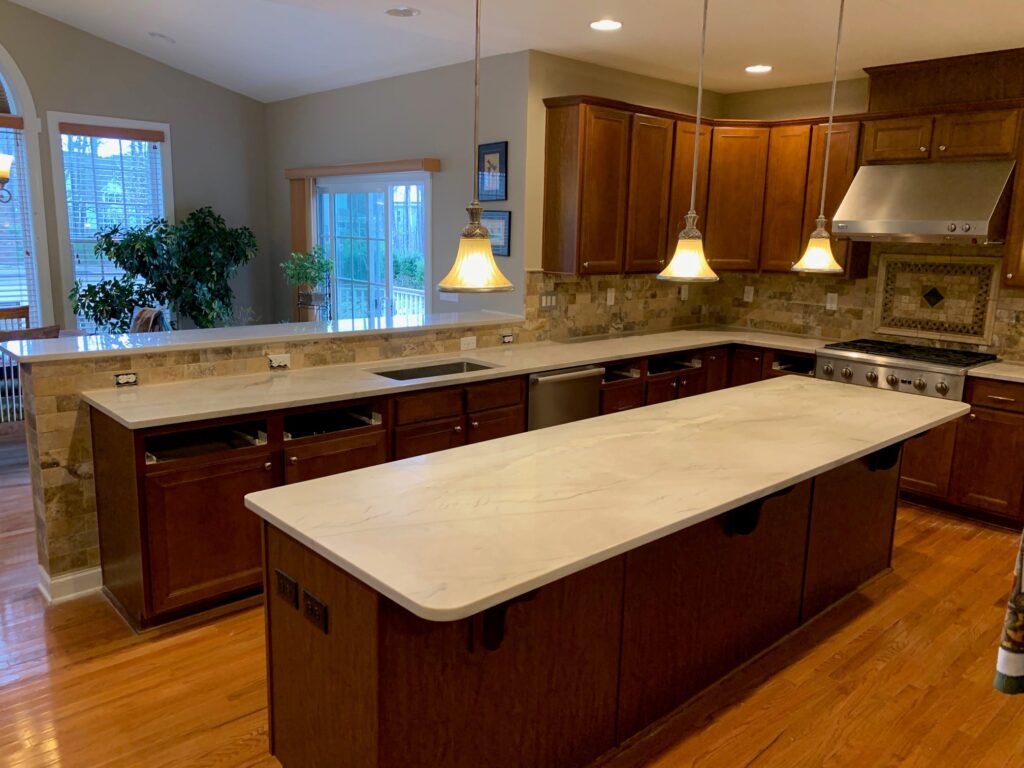As a metamorphic rock, quartzite is entirely made up of quartz. Beginning its journey as sand grains on a riverbed, desert dune or beach, pressure and heat over time cause the grains to get compressed and form sandstone. When the sandstone is deep below layers of rocks, it is subject to even more pressure and heat. Over time, prolonged heat and pressure make the sand grains fuse after they lose the original shape and thus a dense, durable rock is born.
Furthermore, delve into the article about of white quartzite, a valuable resource for architects and construction professionals looking for versatile and resilient materials.

Originally, quartzite is light or white-colored as sand is also light in color. Other groundwater minerals that get mixed with quartz impart different hues of red, blue or green.
Here are the many wonders of this natural rock:
• Acid resistance: Unlike other materials, acids from vinegar or lemon juice will not result in the etching of quartzite, which makes it an ideal material for kitchen countertops.
• Levels of porosity: The level of porosity in quartzite depends on the extent of pressure the rock has been subject to. While varieties of quartzite such as Sea Pearl or Taj Mahal are highly metamorphosed which means the grains are bonded tightly to each other, other types of quartzite like Calcutta Macaubas and White Macaubas are more porous as they were subject to less intense pressure.
• Incredible strength: The “Mohs hardness scale” is used to categorize the extent of hardness and scratch resistance of different minerals on a scale of 1 to 10, with the hardest being diamond at 10 while talc at 1 is the least hard. Quartzite scores 7 or 8 on the scale indicating that the material is tougher than glass and knife blade. Thanks to its incredible strength, quartzite has been used to make stone tools for more than one million years by humans. While used for making impact tools, the broken quartzite pieces were also used to form sharp edges and crude cutting tools.
• The range of colors: Pure quartzite is found in white or gray shades, but is also available in unique hues ranging from greens, blues, reds, taupes, and yellows. The extensive variety of vibrant colors and patterns make quartzite the perfect decorative material at homes.
• Heat resistance: Quartzite’s incredible strength makes it a highly desirable natural stone. Because of the high pressure and heat the rock has been subject to over the years, it is also naturally resistant to temperature fluctuations. Quartzite can withstand extreme temperatures without cracking while being easy to clean.
In addition to these stellar properties, quartzite is also water-resistant and ideal for non-skid surfaces. The glossy surface with different finishes of flamed, sand-blasted, honed or polished make quartzite perfect for customization.
